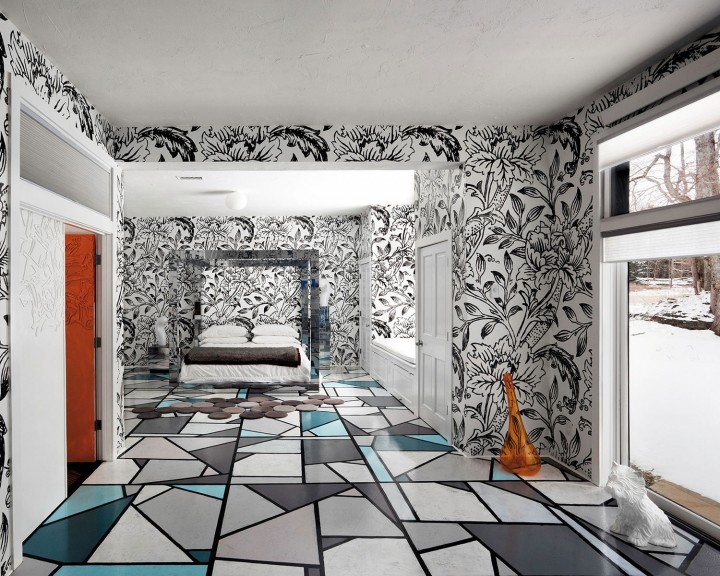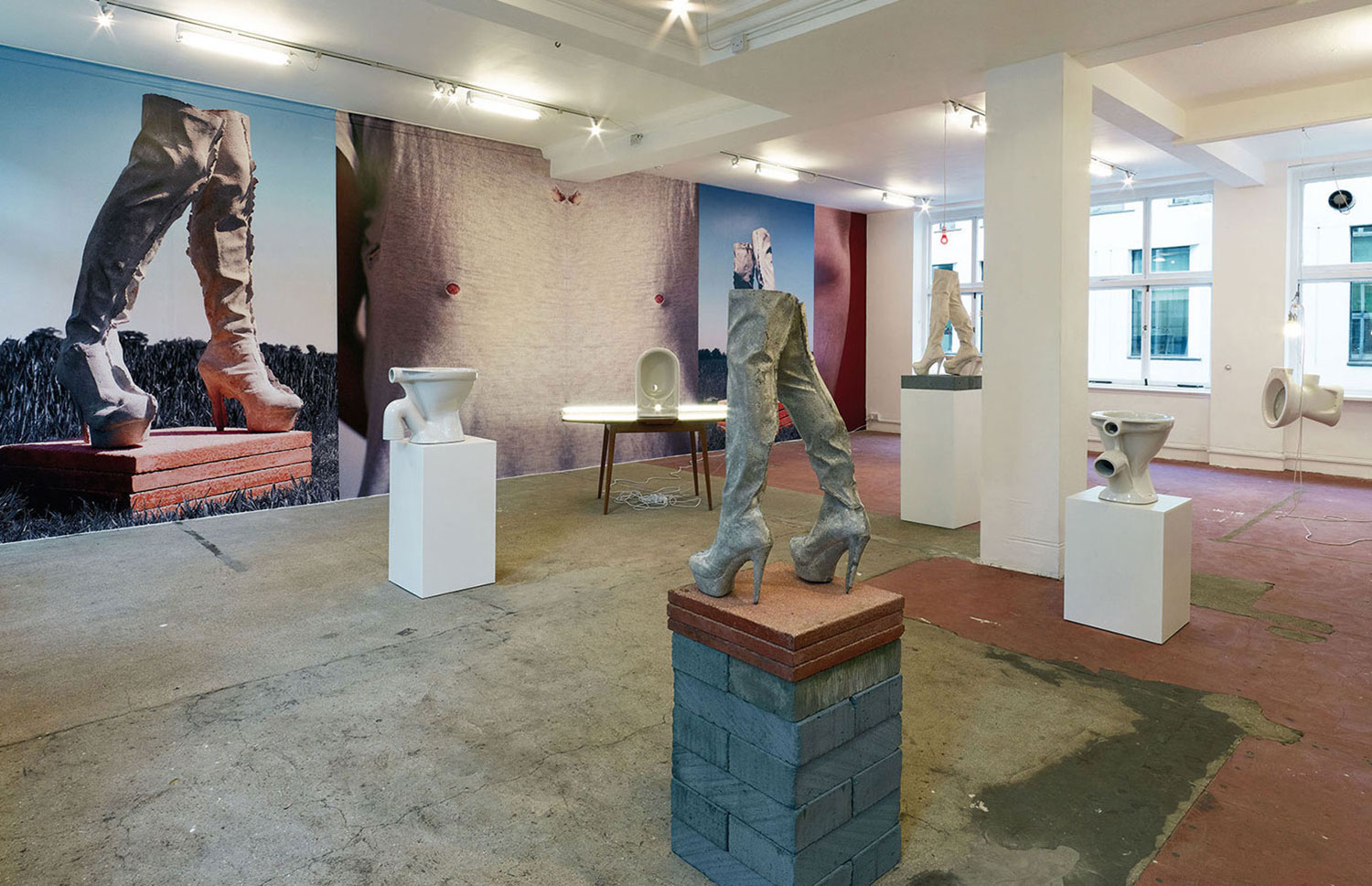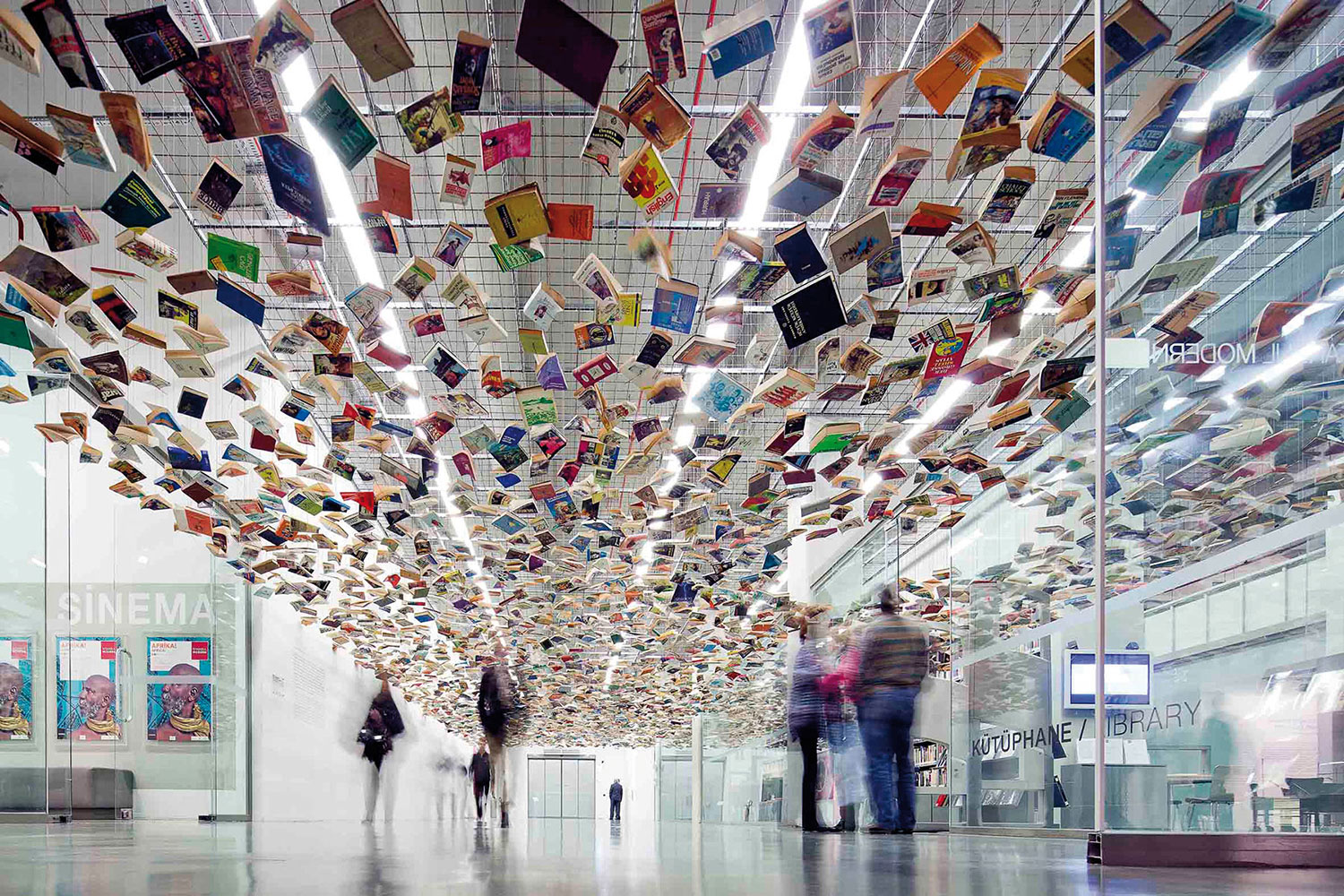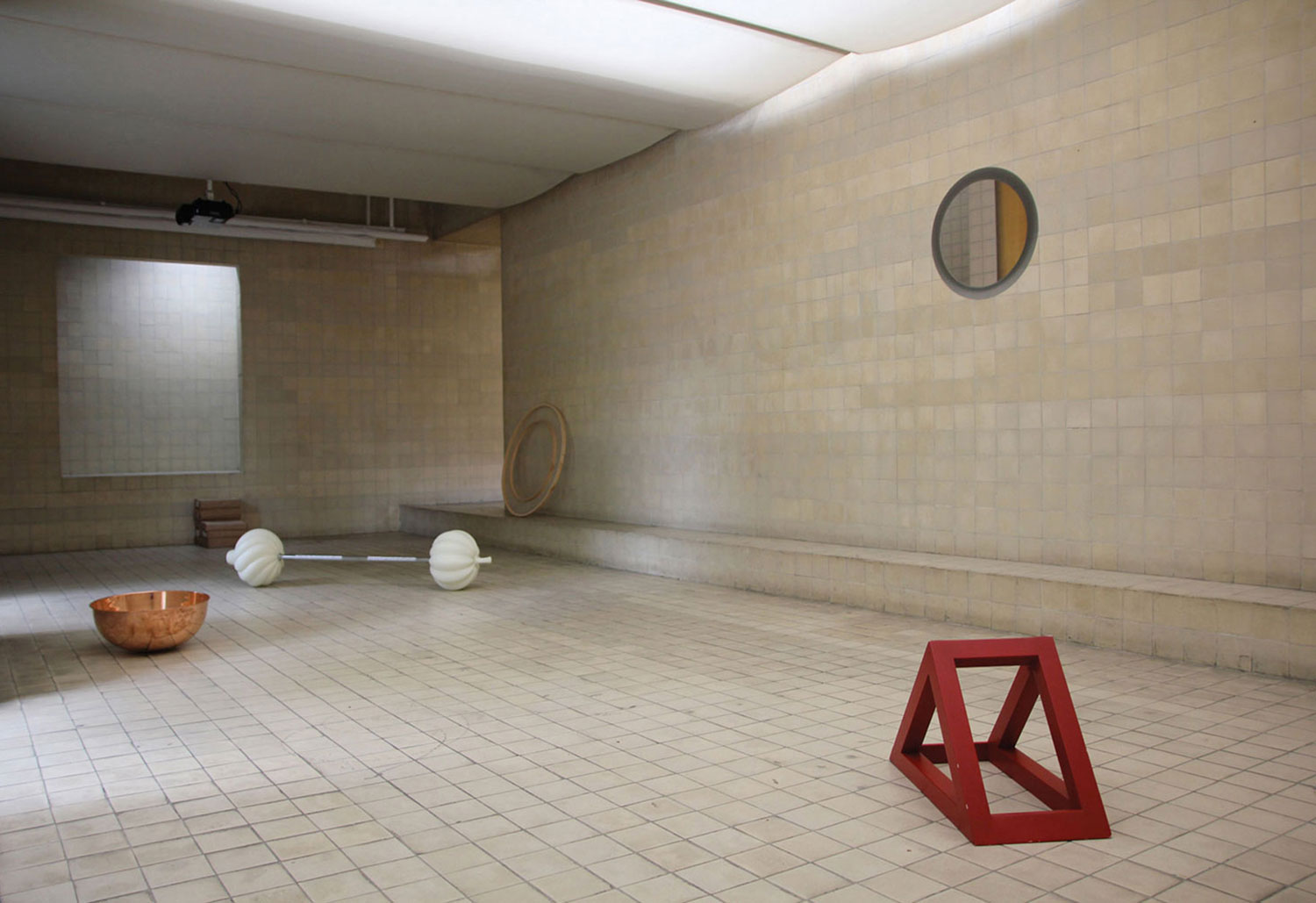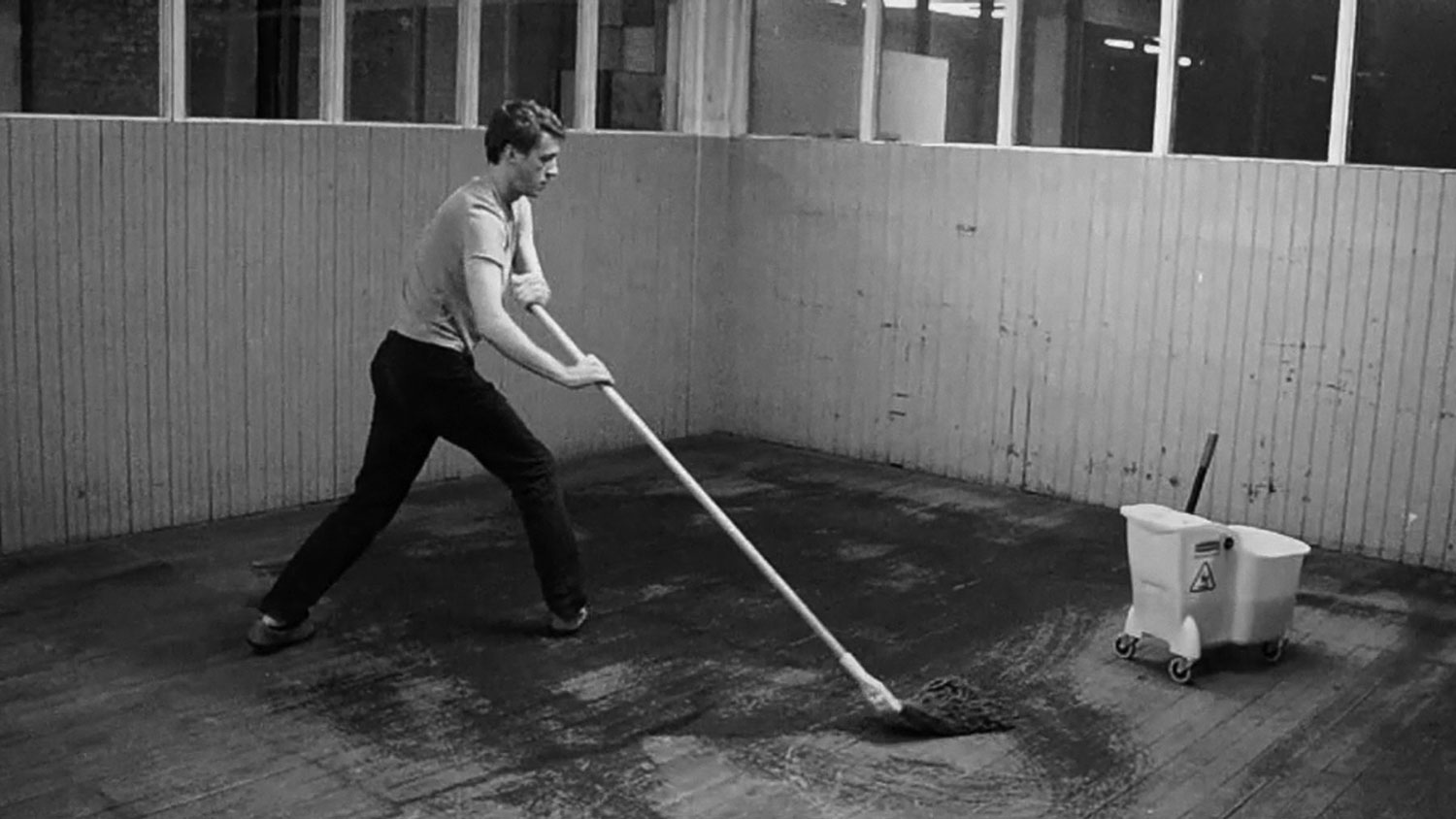
Wendy Vogel: You’ve been a collector for years, and in May 2012 you opened a gallery in New York’s Upper East Side called Venus Over Manhattan. Why did you decide to open a space?
Adam Lindemann: A number of people had asked me over the years why I didn’t have a gallery. I think I always wanted to do shows and work more closely with artists, and I tried to do that in my collecting. After a certain amount of years I felt like I needed to give myself a new type of challenge, and also bring myself more closely into art creation as opposed to just art possession.
WV: Did you look to other private collections, commercial galleries or public institutions as models for the space?
AL: Most people immediately assumed that my space would be some sort of a private foundation, but they were totally mistaken. It’s very much a gallery, but it’s a gallery of my own recipe. There’s no specific role model. The only person who I think has done a similar thing is Bob Mnuchin, who left the business world — he was head of trading at Goldman Sachs — to start L&M. I also looked at what Saatchi has done and the Brant Foundation, and of course the Rubells and Dakis Joannou. So given what these people have done — these sort of hybrids of non-profits with profits behind or exhibitions that later end up being sold — I decided to play it straight and open my space as a gallery.
WV: That brings us to Venus Over Manhattan’s first exhibition, “À rebours,” which took its title from Joris-Karl Huysmans’s decadent novel of 1884. The protagonist of that novel, Duc Jean Des Esseintes, left Paris and its bourgeois tastes for a life of art collecting and exotic fetishism in the countryside. Was this show intended as a portrait of you as a collector, or as a provocation for what’s going on in the New York art scene right now?
AL: I decided to open Venus Over Manhattan with a thematic show around a book. I had a French education in New York City and I found this very ironic, tongue-in-cheek reference to myself, this sort of absurd alter ego, in Duc Jean Des Esseintes. Des Esseintes is the last scion of a great aristocratic family and a frail, effeminate, debauched bisexual. He abhors bourgeois Parisian life so much that he retreats to his own world of collecting and fetishism and decadence — poetry, music, scents, fragrances, alcohols. His experiment ends in disaster because he ruins his house and his fortune and he has to move back to Paris to be cured. A rebours was an important turn-of-the-century book. It relates to sexuality and social mores. There’s also a class struggle between the aristocrats and the bourgeoisie. But the reason I chose the book was specifically because Des Esseintes was an art collector. Here was an art collector doing a gallery show about a fictional art collector, so it was a story within a story. I recreated Des Esseintes’s collection as though he was alive today. We were able to borrow Redons and Moreaus and then make all these various stops through history. We had Dalí (one of which was stolen), Warhol and Chamberlain. We had portraits of the Duc by Redon, Glenn Brown and George Condo. I had a Henry Fuseli and a Franz Von Stuck. I also pulled in some younger artists — Gavin Kenyon, Andra Ursuta, Olivia Berckemeyer and Daniel Turner. It was a real mixture of 19th, 20th and 21st centuries. Is Des Esseintes me? Well, of course, Des Esseintes is not me. I’m not an aristocrat; I’m not debauched. I’m just a guy opening four walls on the Upper East Side hanging some pictures. Nonetheless it was an interesting thread because the style of collecting of Des Esseintes is so different from collecting today. The show was about hanging things in darkness and mixing works together in a purely personal way. It commented on how collecting has been perhaps homogenized today. It was a look back to another time, one in which there was no real value proposition in art collecting — where collecting was a form of self-expression. And so this show was, for me, an expression of an idea.
WV: You’ve also opened up your space collaboratively with the current “Bulletin Boards” exhibition produced with the non-profit White Columns. What kinds of collaborations do you envision in the future?
AL: I have invited an artist to curate a show coming up, a historic show, so I’m interested in doing collaborations with both artists and curators.

WV: You’ve defined yourself as both a collector and an art writer, and now a gallerist. When did the activities of collecting and writing begin to intersect for you?
AL: With art dealers’ help, I always tried to find works that I thought were going to be challenging or somehow ahead of the curve because of their style or concept. I am challenging myself with writing my column for the New York Observer. I’ve come to understand that I was able to develop a readership. With the help of the newspaper, I’ve created a voice, and my voice is different.
I started out making interview-based books with Taschen, books based on other people’s opinions, like Collecting Contemporary (2006) and Collecting Design (2010). And then I felt like, I’ve done my time here and now I’m going to give my own view. The writing has been very satisfying. I’ve enjoyed it very much. And so, in my mind, the gallery is an extension of that.
WV: You’ve spoken about your frustrations with art fair culture in your Observer column with your ironic piece “Occupy Art Basel Miami Beach, Now!” from last December.
AL: What I thought was so odd about that piece — what gave it its power and what I learned about writing — is that timing is so important. It’s not just what you say, it’s when you say it. For instance, I recently wrote a defense of Jeffrey Deitch at LA MOCA, saying Jeffrey Deitch is not a witch and this is not a lynch mob. The fact that these artists resigned from the board, now all these writers have come out to heap blame on Jeffrey Deitch and the museum and the board. It was just time for some pushback. I hope that people will take two steps back and let the situation breathe for the sake of everyone involved. With respect to the Art Basel piece, it was just obvious that the fair had grown far beyond anything that any of us had ever anticipated. I parodied the entire phenomenon, including myself. The art fair itself changed its message. It has become very festive, but we have to remember that this is art. This is supposed to be important and meaningful. Artists have a message. We can’t just go from party to party. Ultimately, our gallery is applying to art fairs. I’ve never been against art fairs. I can poke fun at some of the festivities and extracurricular activities, but the good thing about art fairs is that not everyone is a serious collector, not everyone is going to buy in-depth, not everyone is going to support a gallery’s program. And now, from a gallerist’s perspective, I have to accept that not everyone is going to see my shows in New York. Art fairs are like the malls of the art world, and people want one-stop shopping. The art fair is the place where art is shown for people who, for whatever reason, don’t have the time or don’t want to make the time to seriously engage with an artist’s work or a gallery’s program. So if you’re interested in art creation and art production, it’s important to be there.

